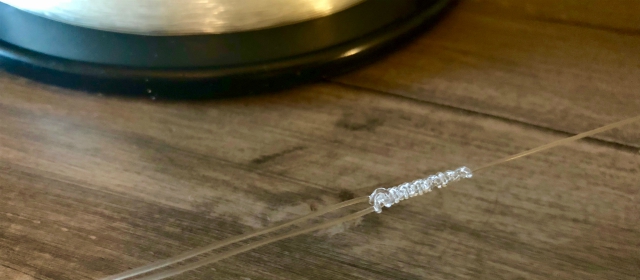5 Deep Sea Fishing Knots: Which To Use When
By Debbie Hanson
Aug 23, 2018
List of deep sea fishing knots to use in different situations, different types of materials. Why you should learn how to tie best deep sea fishing knots
Offshore game fish require the use of the very strongest knots, but there's more to figuring out which deep sea fishing knots are best to use than just strength alone -- the type of line material and rigging situation will make a difference too. Learn about five knots that are most used by blue water anglers.


1. Bimini Twist
If you want to tie one of the strongest and best deep sea fishing knots for connecting line to barrel or snap swivel, the Bimini Twist is a knot you should learn. This particular knot will retain 90%-95% of the original line strength if tied correctly. There is a double line that is created when this knot is tied. The second line serves as extra insurance against abrasions. If the bill or tail of a fish happens to break through one strand, there will still be another strand of line.2. Double Uni Knot
This is a good line-to-line connection that you can use with lines of either similar or different strengths. When tying braided line to monofilament, make about eight turns with the braided line, and then about five turns with the monofilament.3. Albright Knot
When you need to connect two lines of differing diameters or materials (braided main line to wire or braided main line to monofilament, for example), the Albright knot is a wise choice.4.Palomar Knot
The Palomar knot is one of the best deep sea fishing knots you can use when attaching a hook to your fishing line or leader. This knot is one of the easiest terminal knots to tie, and also one of the strongest.5. Haywire Twist
If you plan to go on a saltwater fishing trip to target toothy species (such as Spanish mackerel, king mackerel, wahoo, or barracuda), you may want to learn how to tie a Haywire Twist. While the Haywire Twist isn't technically a knot, many offshore anglers consider it to be the best way to connect wire leader to a hook, lure or swivel. You would first use an Albright knot to connect your leader or tippet to the wire, and then use a haywire twist to connect your hook, lure, or fly.Now that you know which fishing knots are best on the high seas, practice tying a few of these deep sea fishing knots. Get step-by-step instructions on how to tie the double uni knot or other saltwater fishing knots. Strong knots will help you land more fish successfully!









